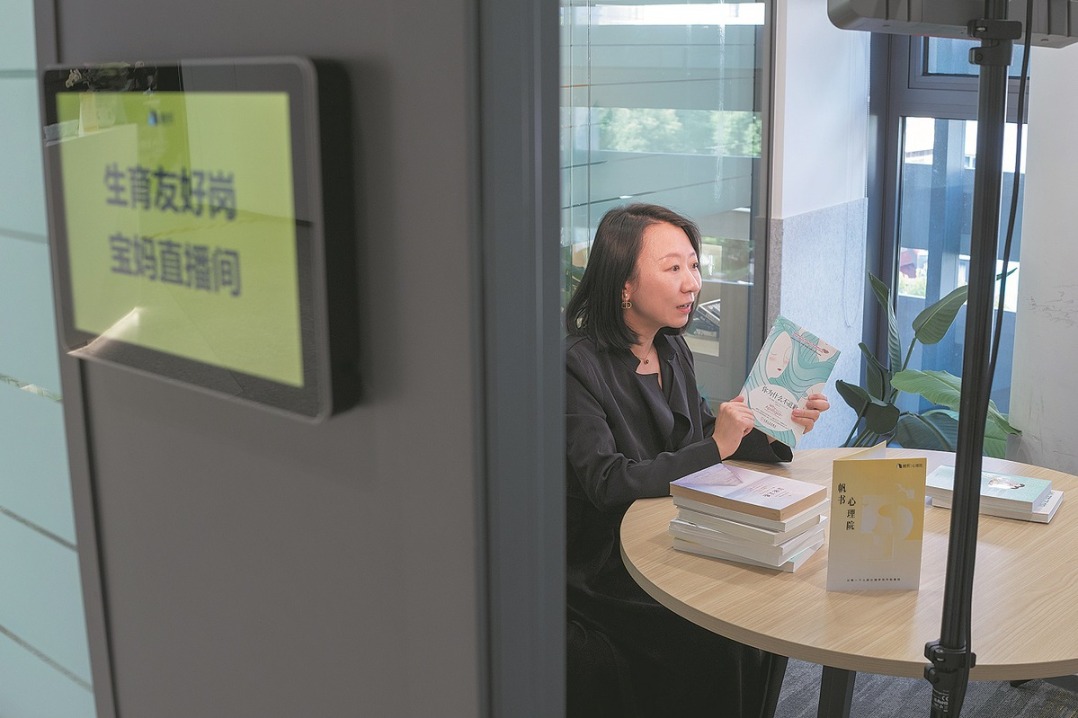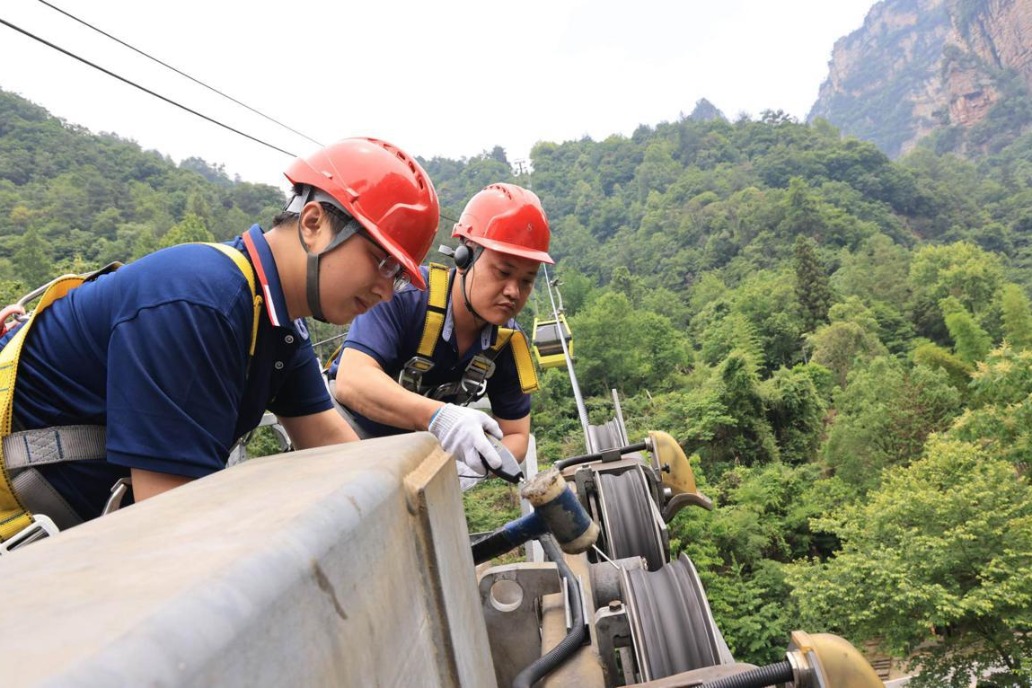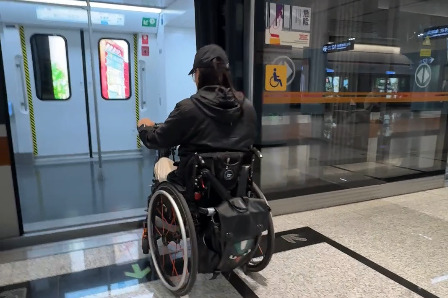Combined approach can be used to tackle climate change
Experts say reducing carbon dioxide and pollutants can be done in unison


China's efforts to reduce carbon dioxide emissions can work in concert with its campaigns to control air pollution as a great proportion of the main greenhouse gas and air pollutants come from the same sources, according to experts and observers.
This synergy could play a major role in achieving climate targets, they said, adding that China needs to explore viable market mechanisms that incorporate the costs of carbon emissions into companies' operations because many lack motivation to improve their efforts on climate action.
The annual Central Economic Work Conference that concluded on Dec 18 called for efforts to realize synergies in reducing discharges of pollutants and emissions of carbon dioxide.
It also recommended a large-scale afforestation program to increase the country's carbon-sink capacity, which helps the ecosystem absorb carbon dioxide from the atmosphere.
President Xi Jinping recently pledged new measures to enhance China's future climate actions.
China aims to have carbon dioxide emissions peak before 2030 and achieve carbon neutrality before 2060, Xi said while addressing the general debate of the 75th session of the United Nations General Assembly via video link on Sept 22.
On Nov 17, while addressing the 12th BRICS summit via video link, he stressed that China will honor its commitment to achieve the targets. "You can count on China to keep its promise," Xi said.
Experts said China has more factors to take into consideration than developed countries in the push to promote global progress on climate change.
Liu Shijin, deputy director of the Economic Affairs Committee of the National Committee of the Chinese People's Political Consultative Conference, told a Beautiful China forum on Dec 18 that China still has three other important tasks to complete-promoting economic development, controlling environmental pollution and repairing damaged ecosystems.
However, there are also "unprecedented opportunities" for China, as proved in Shenzhen, Guangdong province, where the four tasks have been aligned, Liu said.
Seventy percent of carbon dioxide and air pollutant emissions in Shenzhen are from overlapping sources, according to research. Combining the tasks could help the city achieve three goals simultaneously-hitting a carbon dioxide emission peak, reaching the national air quality standard and realizing economic prosperity, Liu said.
Zou Ji, president of Energy Foundation China, told China Daily the country enjoys an "exceptional advantage" in aligning carbon reduction with control of air pollutants, as energy consumption is heavily dependent on coal.
"The share of coal in China's primary energy consumption stands at around 58 percent at present," he said. "The burning of coal not only generates carbon dioxide but also many other air pollutants, including PM 2.5 particulate matter and sulfur dioxide."
The energy, steel, petroleum, chemical and construction material industries are major contributors to air pollutants and carbon dioxide emissions in China, he said.
Zou said the institutional restructuring initiated by the State Council in 2018, which saw the task of tackling climate change transferred from the National Development and Reform Commission to the Ministry of Ecology and Environment, had created the right conditions to align the work.
Efficiency of governance could be greatly improved by choosing the most relevant and cost-effective technological solutions to cope with the two types of emissions simultaneously, Zou added.
The Central Economic Work Conference also vowed to accelerate industries' efficient use of energy.
Market-based mechanisms
However, Liu said, China faced a hurdle when it comes to the synergistic approach, and that was the "externality" of carbon dioxide emissions.
While control of traditional pollutants directly benefits areas that bear the cost, the beneficiaries of efforts to control carbon dioxide go beyond those who foot the bill.
Stakeholders are usually not enthusiastic about ramping up carbon emission controls because they are not obliged to carry the costs, Liu said.
He said the government was right to resort to market-based mechanisms, such as carbon emissions trading, to address the problem. To make the mechanisms more workable, the government could establish a green development account for each emitter to classify their emissions of pollutants and carbon dioxide as debts. Such accounts would help determine a company's responsibility for environmental damage.
The Central Economic Work Conference vowed to speed up the establishment of a market for trading energy consumption rights and set caps for energy consumption and carbon dioxide emissions per unit of GDP, also known as carbon intensity.
The government previously set regional goals under national targets, and then issued executive orders to ensure they were realized. "Because it lacked flexibility, this failed to effectively motivate local governments and enterprises who rolled out some actions only because they had to follow orders," Zou said.
To achieve energy consumption and carbon intensity targets, some regions had to bear higher costs, which made the goals more difficult.
A cap-and-trade mechanism would allow the trading of energy consumption rights among different regions and address the lack of flexibility, Zou said.
He also called on the government, with the help of big data technology, to assist in the verification of companies' energy consumption.
The government could bar data cheats from getting bank loans as a way to deter fraud. "This will help ensure sound operation of the market," he said.





































